
A standing wave do not move sideways. Instead each point move up and down like an harmonic oscillator between a minimum and a maximum value. Some points do not move at all (the red points in the figure above). These points are called nodes.
1 - Describe what a standing wave look like !
2 - Describe how a standing wave can be formed !
3 - How is a standing wave formed in a stringed instrument ?
4 - Draw a picture of standing waves in a string and give formulas !
5 - How is a standing wave formed in an open pipe ?
6 - Draw a picture of standing waves in an open pipe and give formulas !
7 - How is a standing wave formed in a pipe closed in one end?
8 - Draw a picture of standing waves in a closed pipe and give formulas !
9 - What is the Doppler effect ?
10 - What are the formulas for doppler effect and sound ?
12 - What is the formula for doppler effect with EM radiation such as light ?
13 - What is the formula for doppler effect if you work with wavelength ?
14 - What does Δf and Δλ in these formula tell you ?
15 - Draw a picture of a diffraction measurement and the formulas.
16 - What is the Rayleigh criteria ?
17 - Draw a picture of a resolution measurement and the formulas.
18 - Why can a DVD store more information than a CD ?
22 - What is Brewster's angle ? Draw a picture and give the formula.
23 - What is optically active materials ?
24 - Give an example of an optically active material.
25 - How does a Liquid crystal Display (LCD) work ?
Look at the data booklet:
Look at the data booklet: 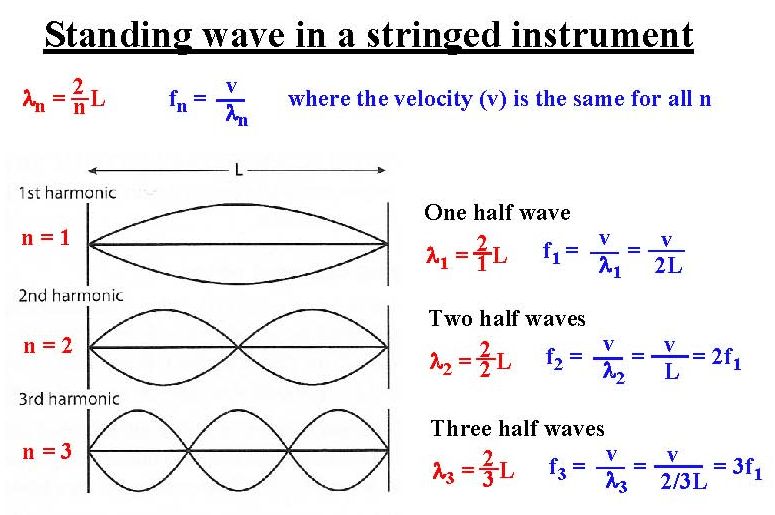
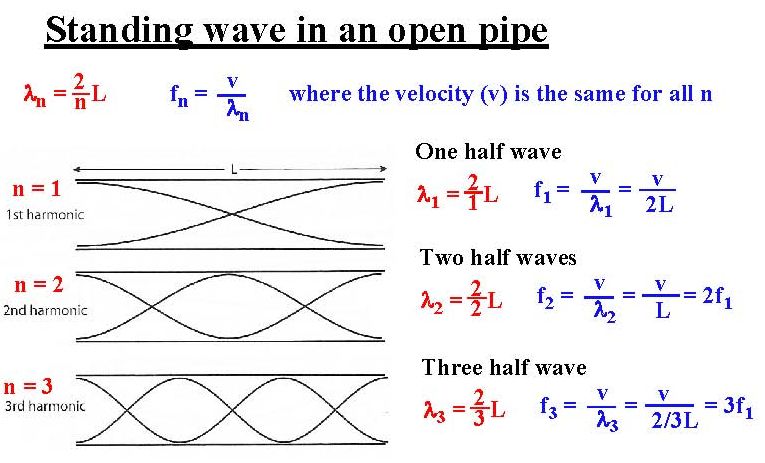

4.7 Doppler effect
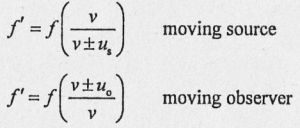

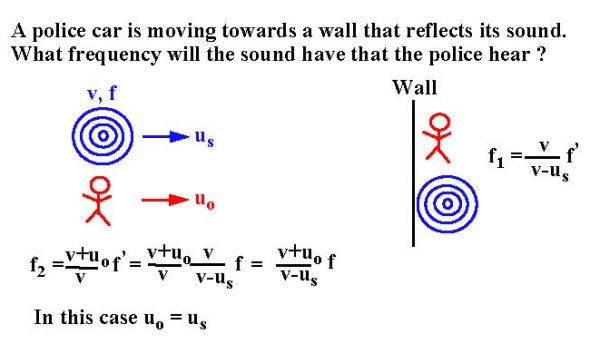
Doppler effect for EM radiation
Look at the data booklet:



4.8 - Diffraction at a single slit
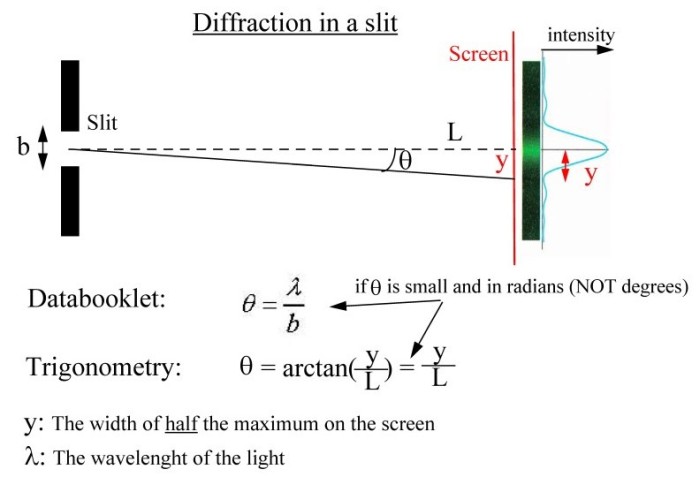
4.9 - Resolution
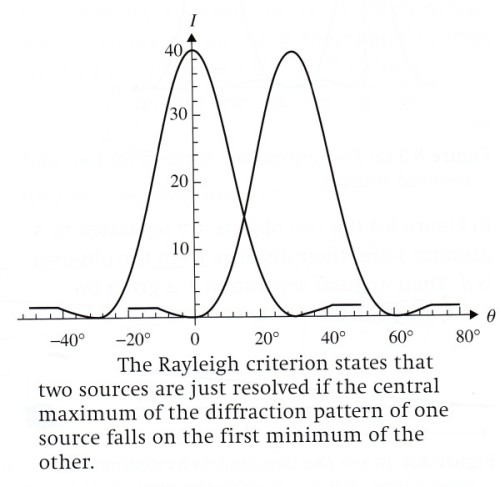

4.10 - Polarization

If polarized light with intensity I0 hits a polarizor with an angle between the axis of the polarized light and the polarizor that is θ, then I is the intensity of the light that gets out from the polarizor.